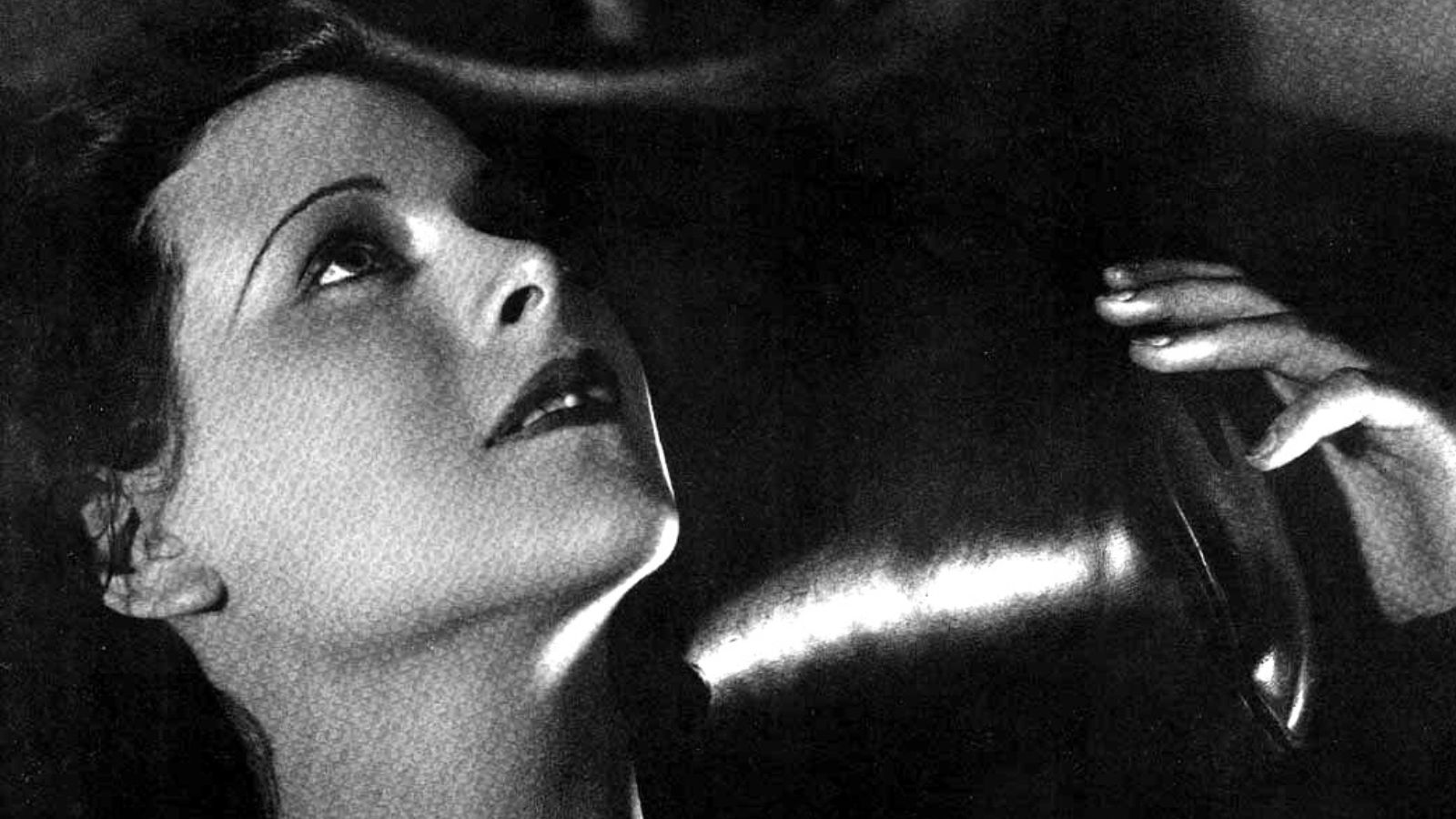History is filled with people who were not as revered in their own time as they are now. Others fought against governments and powerful interests before gaining deserved recognition. Taking you on a journey through environmental activism, scientific discovery, and unexpected inventors, here is a list of 9 people who history proved right.
Galileo Galilei: The Earth Moves
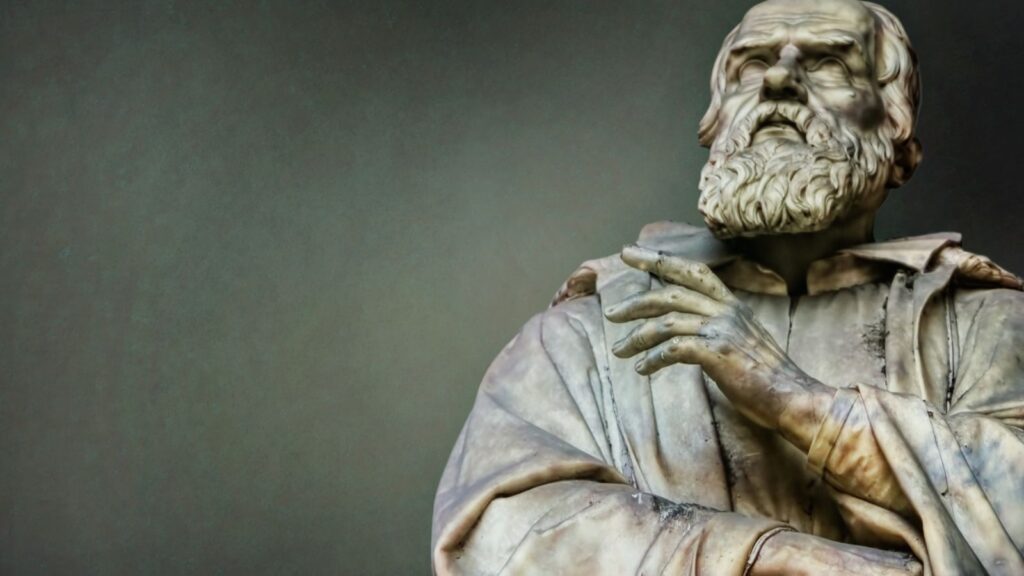
Galileo faced religious and scientific opposition to his observations that the earth moved around the sun. Tycho Brahe’s Aristotelian theory that the universe is heliocentric was the most accepted scientific belief. There is historical debate about what Galileo believed and the intentions of the Catholic Church, but it is a fact that he faced an inquisition.
Galileo's Struggle Against the Inquisition
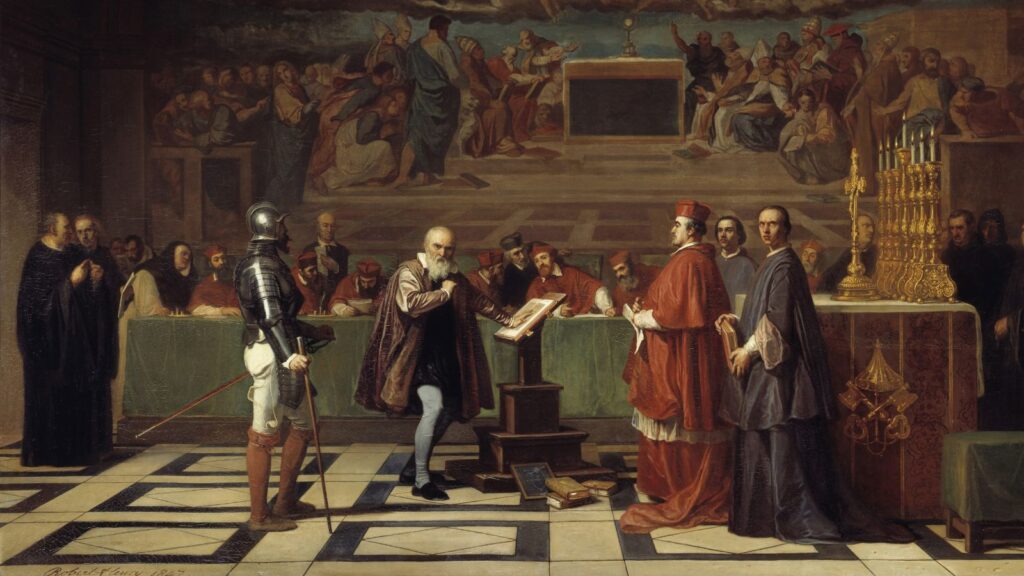
It was from the church that Galilei faced the most dangerous opposition. A theory that suggested the earth was not the center of the universe was a threat to Catholic teachings. After an inquisition in 1616, he was sentenced to spend the rest of his life under house arrest. As we know today, Galileo Galilei was correct.
Ignaz Semmelweis: The Importance of Hand Hygiene
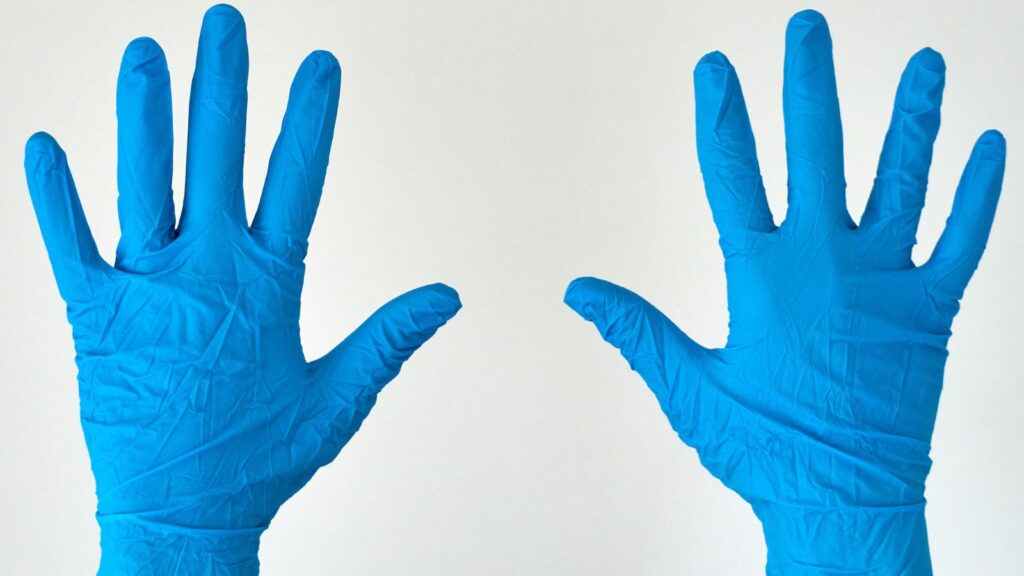
Semmelweis was a Hungarian doctor and a pioneer in reducing infant mortality rates. He observed that death rates dropped from 18% to 2% after doctors had washed their hands in a chlorinated lime solution before birthing a baby.
Semmelweis's Fight for Medical Sanitation
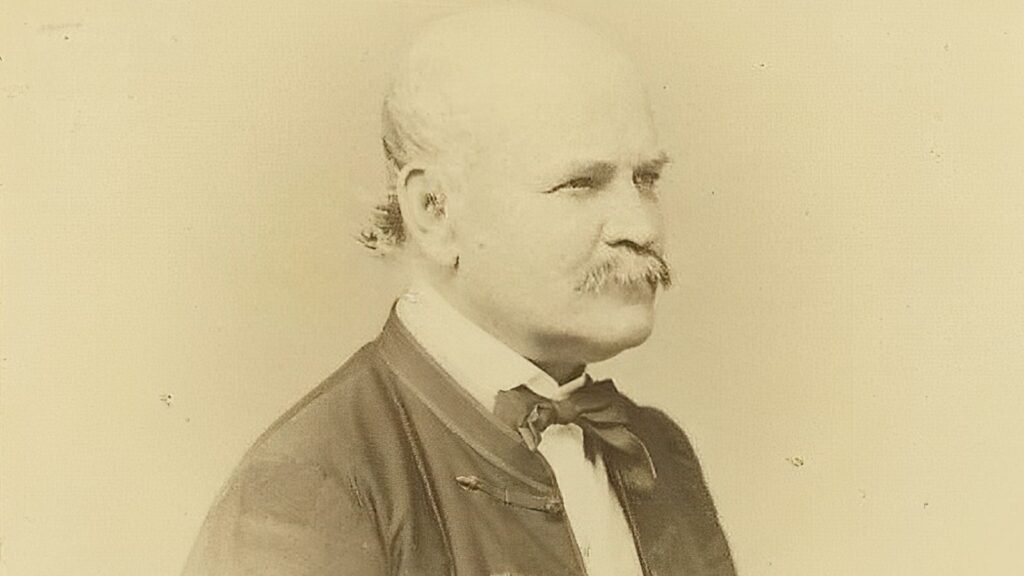
His observations were mocked and rejected by other doctors. Semmelweis had a nervous breakdown and spent his last days in an asylum. The guards beat him, and a wound turned gangrenous, killing him. Louis Pasteur’s germ theory proved Semmelweis was right; hand hygiene reduced infant mortality rates.
Rachel Carson: Environmental Warnings
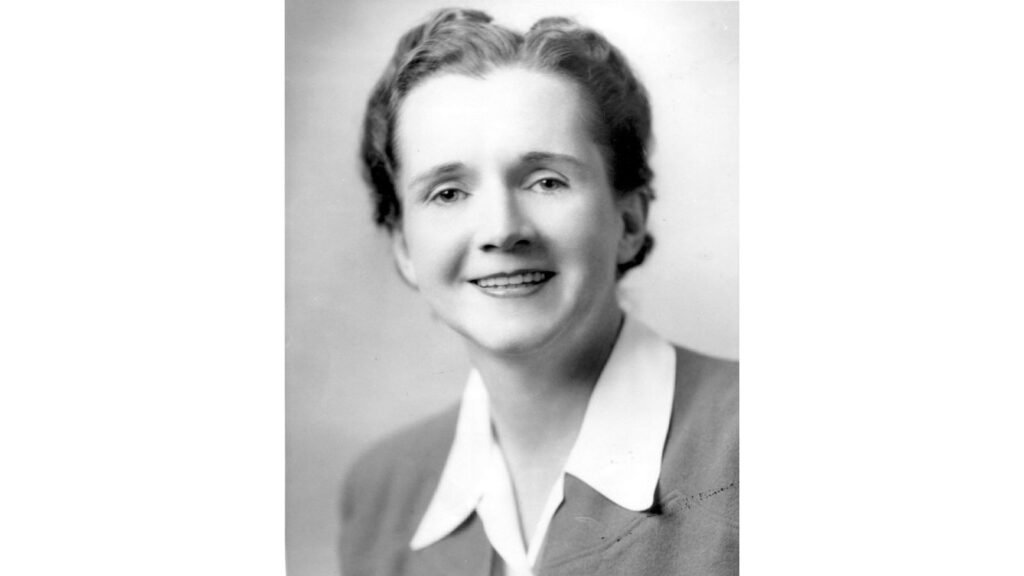
The widespread use of harmful pesticides during the 1950s and 1960s inspired Rachel Carson to write Silent Spring. The book warned of the damage done to the environment by toxic chemicals in pesticides. She collected stories and research that exposed the pesticide industry.
Rachel Carson's Legacy in Modern Environmentalism
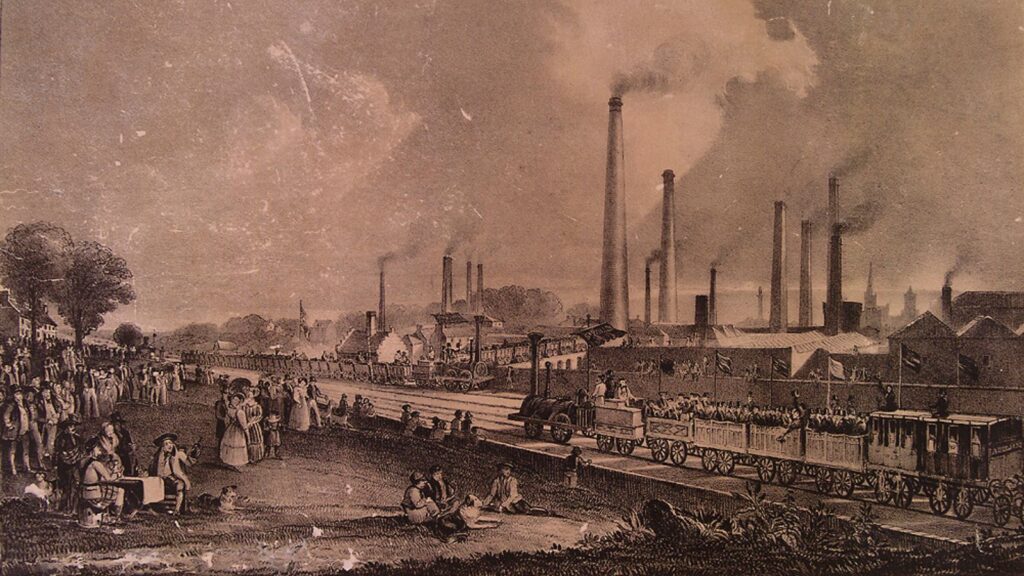
The government and lobbyists were alarmed and produced a propaganda film to dispute Carson’s findings. She was also labeled a communist. In 1972, the cancer-causing chemical DDT was banned, and Carson was proved correct. Unfortunately, she died in 1964 and didn’t see the results of her work. She is revered for her fight against lobbyists and the government and as an inspiration for environmental activism.
John Snow: The True Cause of Cholera
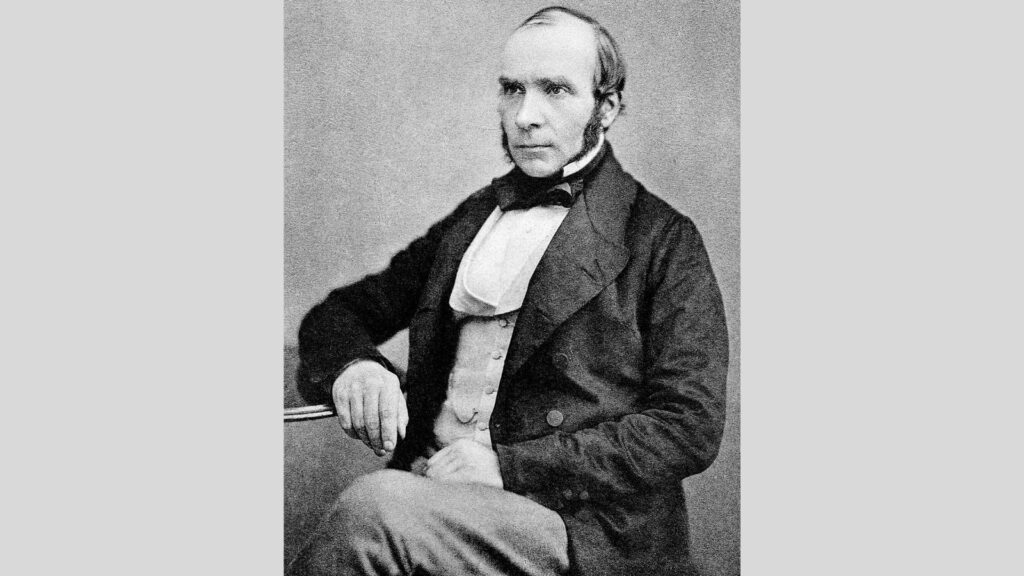
In the 1800s, it was believed that cholera was caused by bad air. There has been little change in studies into how diseases spread since the Middle Ages. A doctor called John Snow disputed the common belief that air was to blame for spreading diseases and was determined to find the cause.
John Snow's Map: A Turning Point in Epidemiology
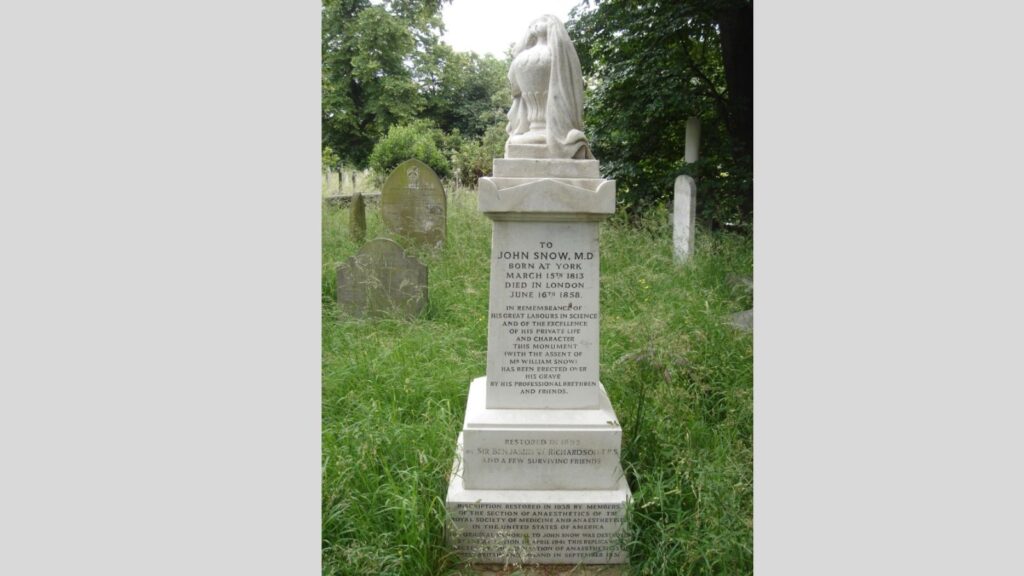
During an outbreak of cholera in London, Snow talked to local residents and found that those who had caught cholera all used the same water pump. He created a map and pinpointed the location of water pumps and the households using them. This data showed that the spread of cholera was linked to the pumps. It is one of the most significant public health discoveries, leading to the eradication of cholera in Europe.
Hedy Lamarr: The Inventor Behind WiFi

Few people know that an Austrian-American actress made Wifi and Bluetooth possible. Hedy Lamarr was an actress by day and amateur inventor by night. She had no formal training in engineering but was an obviously brilliant mind. On the outbreak of war with Nazi Germany, Lamarr was living in America and wanted to find a way to stop German U Boats from attacking ships in the Atlantic.
From Hollywood Star to Inventor
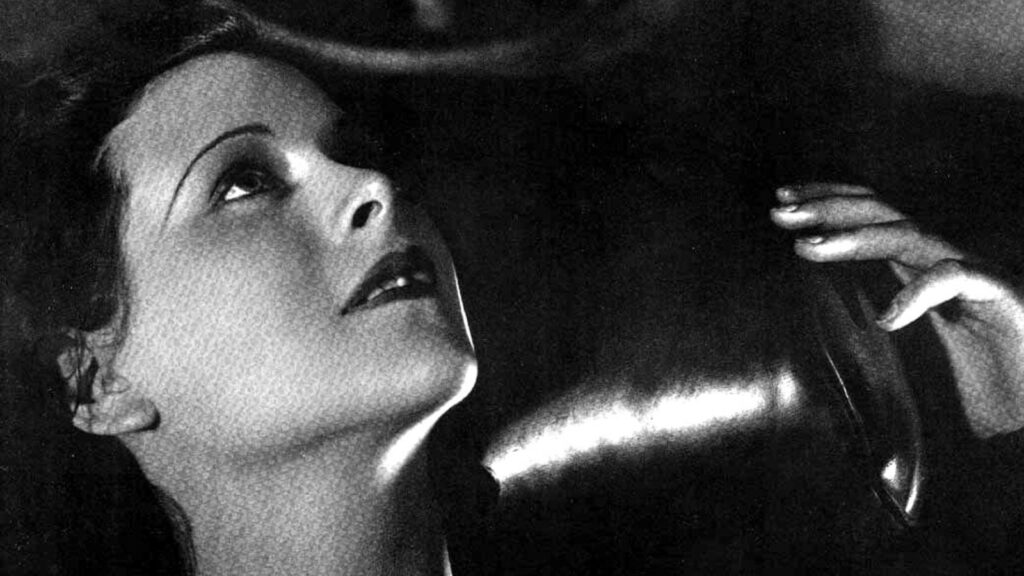
While playing the piano, she theorized the idea of frequency hopping. Signals that constantly change frequency could not be jammed, and the U Boats would not be able to discover and evade American torpedoes. The US Navy rejected the idea, believing it to be nonsense. When you use WiFi and Bluetooth, you are using the same technology invented by Lamarr, just in a more modern form.
Cecilia Payne-Gaposchkin: The Composition of Stars
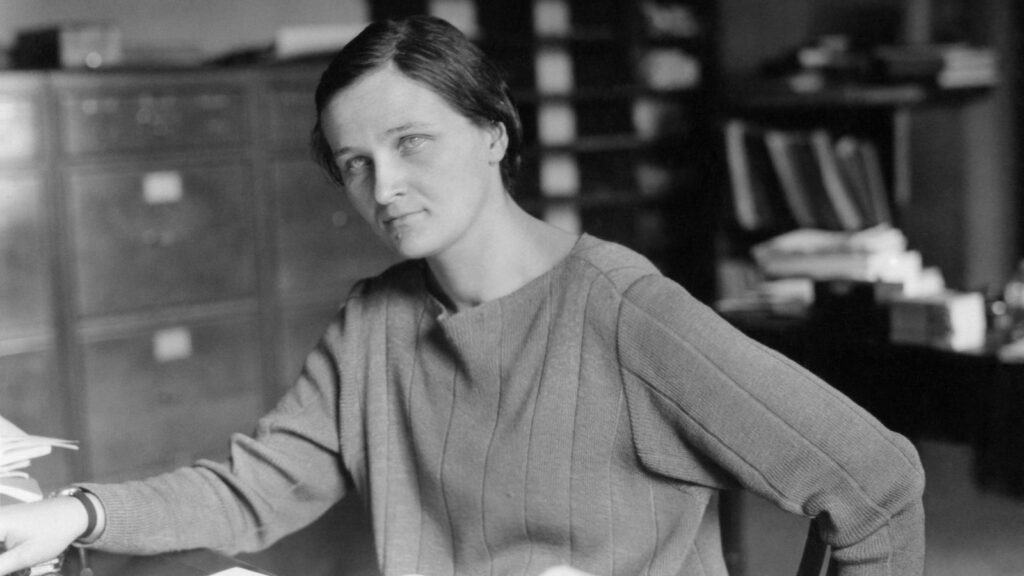
Cecilia Payne-Gaposchkin discovered stars are composed of hydrogen and helium. Analysis of sunlight spectra at Harvard while writing her PhD thesis led her to discover the chemicals most present in stars.
Payne-Gaposchkin’s Breakthrough in Astrophysics
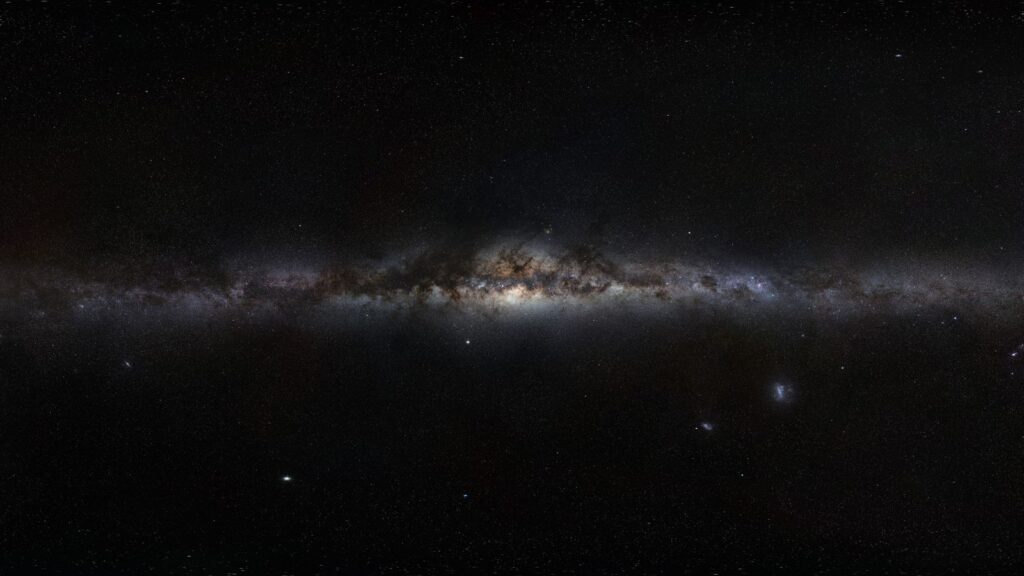
Her discovery was initially dismissed; most astrophysicists of the time believed the sun’s composition was similar to the Earth. Further work by Payne-Gaposchkin proved the theory. Her work is fundamental to the understanding of modern astrophysics.
Clair Patterson: Dangers of Lead Poisoning
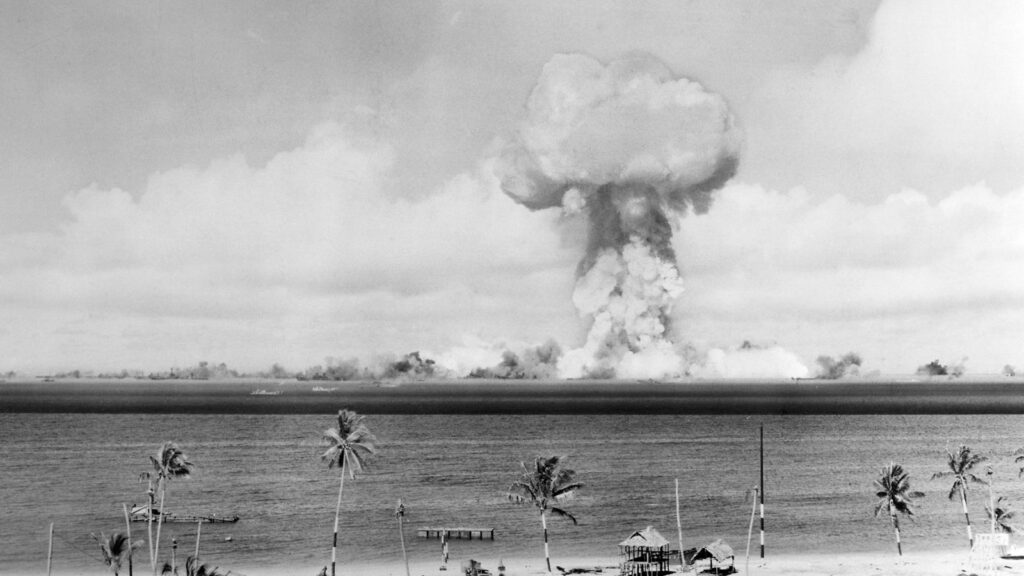
Until 1965, there had been little opposition to using lead in gasoline. Lobbyists and scientists claimed that low levels of lead in the human body did not pose a health threat. Clair Patterson’s book Contaminated Natural Lead Environments of Man exposed the toxic levels of lead in humans and the food chain.
Patterson's Fight Against Industrial Pollution
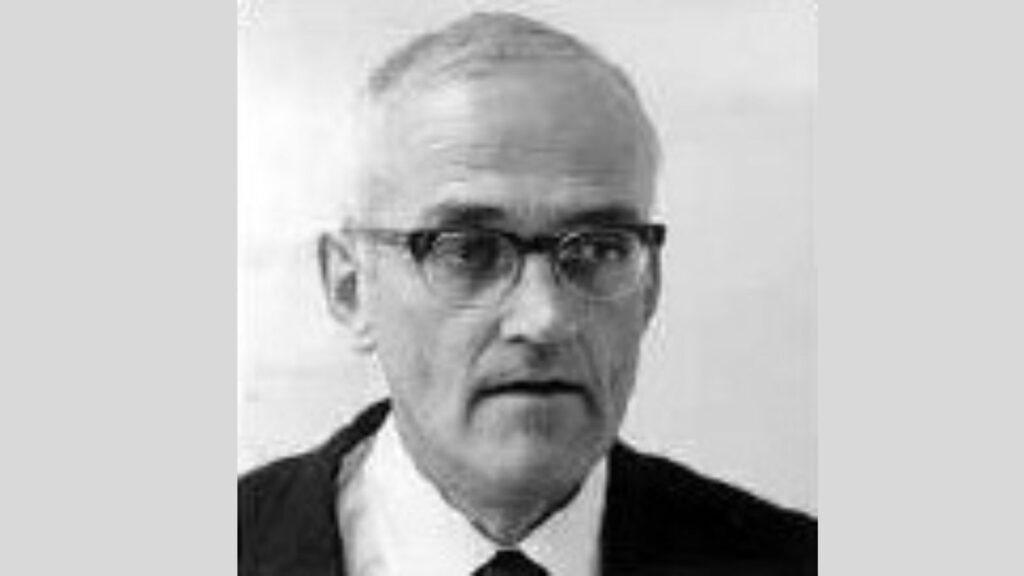
Patterson was refused entry to national research conventions on lead; lobbyists had powerful connections. It wasn’t until the mid-70s that the phasing out of leaded gasoline started. His persistence also changed the word ‘normal’ to ‘typical’ when referring to the amount of toxic substances found in the body.
Roger Boisjoly: The Challenger Disaster Warning
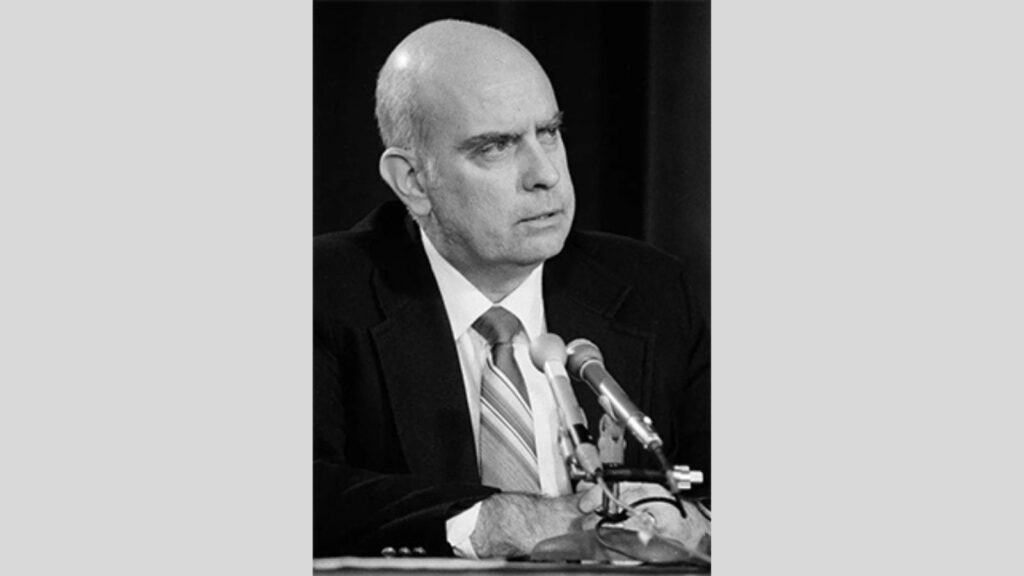
The Challenger disaster would have been avoided if NASA had listened to Roger Boisjoly. In 1984, the space shuttle Challenger launched from John F. Kennedy Space Center in Florida. It was the shuttle’s 10th mission and carried Christa McAuliffe on board. She was to be the first teacher in space, making the mission particularly important for NASA.
Boisjoly's Warnings Ignored: The Cost of Overlooking Engineers

Boisjoly had warned six months previously that the shuttle was structurally damaged and disaster was probable. His pleas were ignored. The night before the launch was particularly cold, and Boisjoly attempted to have the launch stopped. After a caucus, NASA allowed the launch to go ahead. Only 58 seconds into the flight, the shuttle exploded and disintegrated. Evidence at the inquest showed that had Roger Boisjoly been listened to, the disaster would not have happened.
Alice Stewart: Radiation Risks
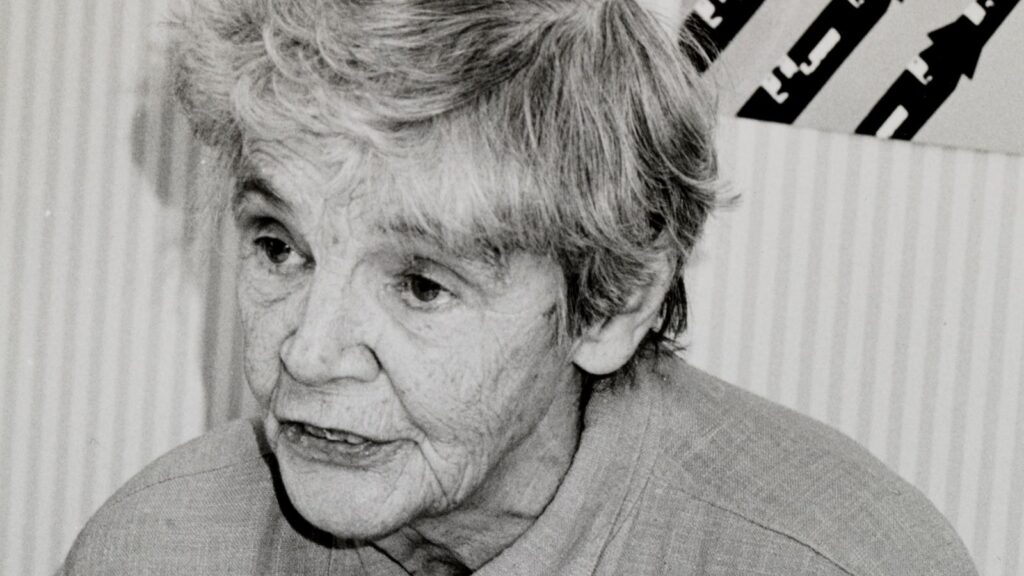
Alice Stewart was an epidemiologist who worked at various hospitals in England as a registrar nurse. In 1941, she moved to Oxford to research health problems experienced by munitions workers during the war. During this period, she became interested in social medicine, and the Department for Social and Preventive Medicine was set up with Stewart as its assistant head.
Alice Stewart's Research on X-Rays and Cancer

Stewart was promoted to head of the department and received funds to research the link between X-rays and childhood cancer. The results showed a link: babies exposed to X-rays during pregnancy had a higher risk of cancer in childhood. Initially, the results were rejected by doctors but further research showed her findings to be correct. Stewart later exposed the risk posed to workers in a plutonium production plant in Washington. Again, her initial findings were rejected and later proved true.
30 Traditional Sayings That Are Now Considered Offensive by Woke Culture

30 Traditional Sayings That Are Now Considered Offensive by Woke Culture
21 Habits Often Associated With Having a Lower Social Status

21 Habits Often Associated With Having a Lower Social Status
25 Social Issues Gen Z are Determined to Cancel

